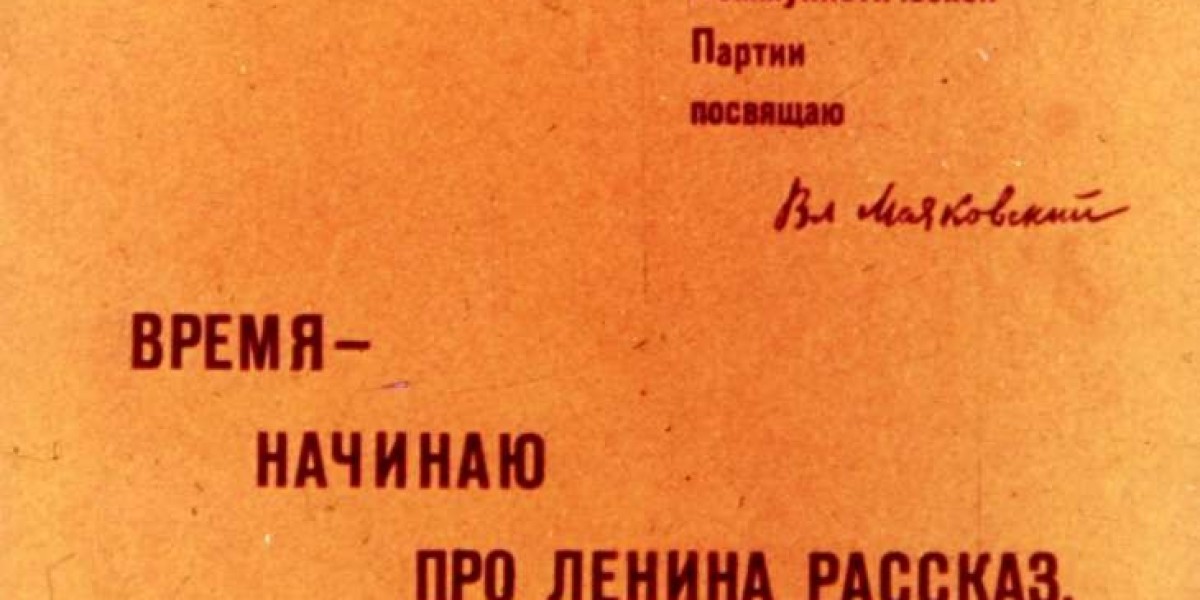Welcome back, aspiring engineers and seasoned craftsmen, to another insightful journey into the realm of weldment assignments. At solidworksassignmenthelp.com, we pride ourselves on being the beacon of guidance for students navigating the complexities of weldment designs. Today, we're thrilled to present not just one but two master-level questions along with their expert solutions, crafted meticulously by our seasoned professionals.
Question 1: Designing a Structural Beam Assembly
Imagine you've been tasked with designing a structural beam assembly for a bridge project. The specifications demand precise measurements and structural integrity to withstand various loads. You're required to create a weldment assembly in SolidWorks that includes different types of welds and accurately represents the final product.
Solution:
To tackle this challenge effectively, begin by carefully studying the bridge's requirements and understanding the types of loads it will endure. With SolidWorks, start by sketching the profiles of the beams, incorporating necessary fillets, and specifying the material properties.
Next, utilize the weldment tools in SolidWorks to create weld beads, ensuring proper penetration and fusion. Employ different weld types such as fillet welds, groove welds, and plug welds as per the design requirements. Pay close attention to weld sizes and configurations to maintain structural integrity.
Once the weldment assembly is complete, perform a thorough analysis using SolidWorks Simulation to verify its strength and durability under various loading conditions. Make necessary adjustments based on simulation results to optimize the design for maximum efficiency.
Question 2: Optimizing Weldment for Manufacturing Efficiency
You're tasked with redesigning a complex weldment assembly to improve manufacturing efficiency while maintaining structural integrity. The current design involves numerous weld joints and intricate geometries, leading to inefficiencies in fabrication and assembly processes. Your goal is to streamline the design without compromising on strength or functionality.
Solution:
Begin by conducting a detailed analysis of the existing weldment assembly to identify areas for improvement. Focus on simplifying complex geometries and reducing the number of weld joints wherever possible. Utilize SolidWorks' design automation tools to generate standardized weldment profiles and minimize manual intervention.
Consider alternative welding techniques such as robotic welding or laser welding to increase efficiency and consistency in the fabrication process. Optimize weld joint configurations to reduce material waste and welding time without compromising on structural integrity.
Implement design for manufacturability principles to ensure seamless integration with manufacturing processes. This may involve standardizing components, reducing part count, and simplifying assembly procedures.
Finally, leverage SolidWorks' assembly visualization tools to visualize the optimized weldment assembly and validate its manufacturability before proceeding with production.
In conclusion, mastering weldment assignments requires a combination of theoretical knowledge, practical skills, and innovative problem-solving techniques. With the expert solutions provided above, we hope to inspire and empower students to excel in their academic pursuits and professional endeavors. Remember, at solidworksassignmenthelp.com, we're always here to provide comprehensive weldment assignment help services tailored to your specific needs. Happy welding!







